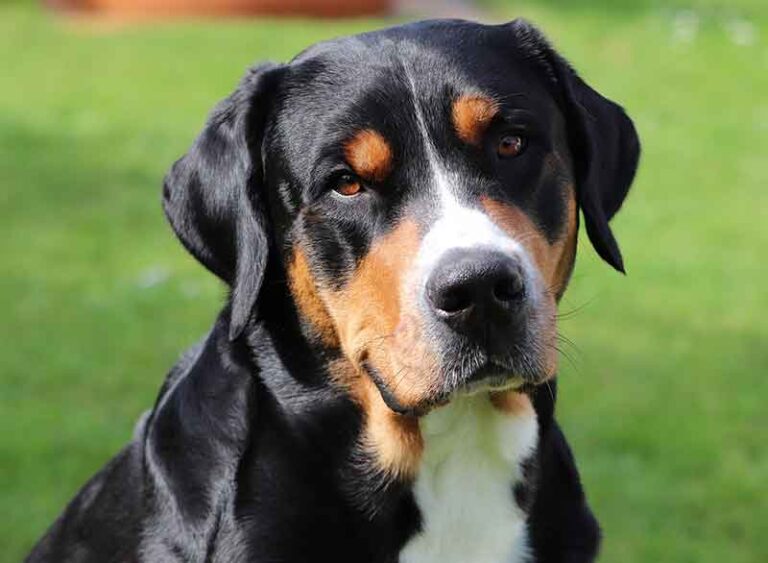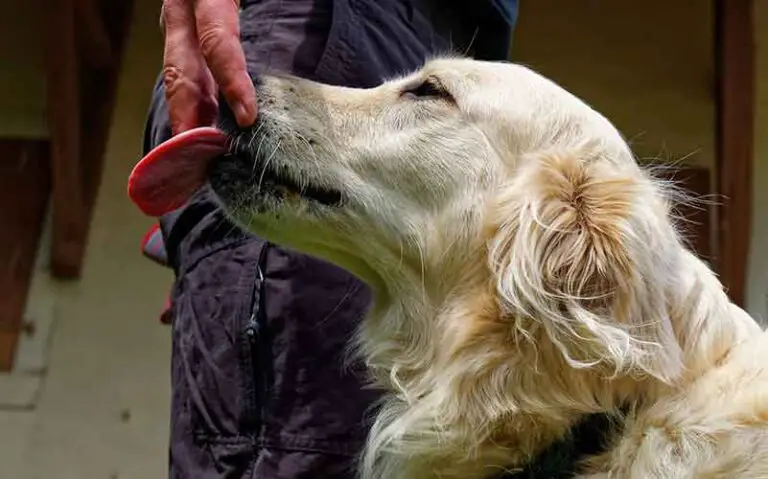What Is The Ideal Temperature For A Dog To Sleep? In Celsius & Fahrenheit
The temperature inside the house is one of the many factors affecting a dog’s comfort. Since we treat our pet canines as our own children, the temperature is a vital factor, especially if you live in a multi-seasoned country.
If you know the ideal temperature a dog finds most pleasant for them to relax and feel cozy, you can easily make their lives more comfortable.
So, what is the ideal temperature for a dog to sleep? The ideal room temperature for a dog during the summer is around 75⁰ F to 78⁰ F. During the winters, you can lower the temperature a little to 68⁰ F to 72⁰ F. But you must never exceed the heat in your house over 82⁰ F and reduce it below 60⁰ F during the summer and the winter, respectively.
What Is The Ideal Temperature For Dogs To Sleep In Celsius and Fahrenheit?
Suppose you have noticed that your pet is restless at night or panting unnecessarily when trying to sleep. In that case, the reason behind this might be the temperature inside the house.
Therefore knowing the exact temperature where dogs feel cozy is essential to keep them from getting hyperthermia – frostbites or heat strokes – even without us noticing.
Many of our homes are connected to a thermostat which regulates the temperature of our houses. Knowing the temperature a dog prefers during the hot and cold seasons also lets you adjust the thermostat accordingly to a temperature in which both you and the dog feel relaxed.
To clarify things further, the temperature a dog feels cozy during the winter is entirely different from the warmth levels a dog relaxes during the summer.
During the summer, the environment is naturally warm – sometimes hotter than any of us would prefer. The inside of the house will feel much cooler than that of the outside. Therefore, you must adjust the thermostat to a level that you feel cool yet not too much.
You will find the most favorable temperature level in this matter at 75⁰ F to 78⁰ F, which is 23⁰ C to 25⁰ C when converted.
Once you adjust the thermostat, your pet – the four-legged best friend – will visibly relax and sleep like a toddler through the entire night. Sometimes you might even see the dog sleeping on the cold floor without sleeping on his desired pet bed.
It is because he’s finding the temperature on the cool floor much easier to relax. In cases like that, let him be because now you have already adjusted the thermostat to a preferable level. Once the excess heat on his body leaves, he will return to his bed and sleep.
Now, as the seasons change, the surroundings will start getting much colder with each day. Therefore, after knowing the ideal temperature for a dog to sleep in the summertime, you must naturally wonder what the perfect temperature for a dog during the cold winter months is.
Because the environment is naturally very cool these days, you shouldn’t increase the temperature too high. If you do that, the dog’s body will not get used to the low heat outside.
That will be a problem for you when you try to get the dog out for potting, etc. because he will feel the cold way too than he should.
The ideal temperature for a dog to sleep during the winter is around 68⁰ F to 72⁰ F, which is 20⁰ C to 22⁰ C when converted into Celsius. This temperature is perfect for winter nights because it is in the middle, where it is not too hot or cold.
And once you bring the thermostat to the right temperature, you will once again recognize that the pet is sleeping well and relaxed in his designated spot.
What Temperature Do Dogs Like To Sleep At?
Once again, let me remind you that the way that a dog’s body interprets the surrounding temperature and how humans do it are two different methods.
Even though you are not feeling hot on summer days, your doggo might be on the verge of succumbing to a heat stroke.
That is why you must choose a perfect temperature that falls between the desired temperatures for you and your dog.
As I have mentioned above, during the winter season, you may choose a number between 68⁰ F to 72⁰ F or 20⁰ C to 22⁰ C, while on the hot summer days, the ideal temperature for a dog to sleep falls inside 75⁰ F to 78⁰ F or 23⁰ C to 25⁰ C.
There are a few more key features that you must consider when deciding which temperature you will be inserting into your thermostat. They are;
- The fur coat type of the dog – while pets with thick and luscious hair are immune to cold winters, the summer will not be easy on them. Therefore, much-needed steps must be taken to keep the pet comfortable on hot days.
- Size, weight, and the health of the dog – small-bodied canines can shed their body heat much quicker than that of a giant dog. While they lose heat quickly, that skill is not very useful during the winter. Therefore, more attention must be paid to small dogs during the winter. In contrast, the same attention must go to bigger dogs during the summer.
- Age of the dog – young and fully grown dogs have the ability to face many critical temperature conditions that come their way up to a certain extent. But as the dog ages and reaches a senior age, they are much more comfortable in reasonably warmer conditions than in cold temperatures.
So now you know the ideal temperature for a dog to sleep during different seasons, you can easily adjust the indoor thermostat to match the temperature needs of you and the dog.
You can come to terms at a mid-range where your needs fall in and agree on a suitable temperature level.
By keeping the indoors at a reasonable warmth, you can ensure that the dog feels cozy and relaxed rather than trying to find much cooler or warmer spots throughout the night where he can sleep.
Stay tuned with Jack Russell Owner for more interesting posts about our four-legged furry friends.








